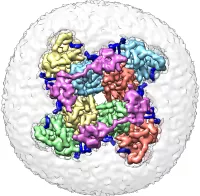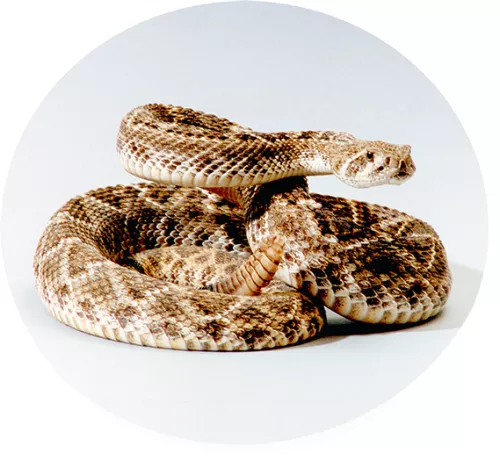Molecules, cells, and mechanisms underlying nociception and pain
Nociception is the process whereby specialized somatosensory nerve fibers (nociceptors) detect noxious stimuli and transmit this information to the spinal cord and brain, ultimately evoking a percept of discomfort or pain. Nociceptors are faced with the complex task of detecting disparate environmental and endogenous signals of both a physical and chemical nature, including temperature, pressure, irritants, pruritogens, and inflammatory agents. Consequently, nociceptor activation elicits acute pain as well as injury-evoked pain hypersensitivity, and can contribute to so-called ‘maladaptive’ processes underlying persistent pain syndromes. Our goal is to understand how nociceptors detect and integrate these signals in response to changing environmental or physiological conditions. We have exploited the vast chemical ‘space’ of natural product pharmacology to identify and characterize ion channels and sensory neuron subtypes that contribute to distinct nociceptive modalities, with an emphasis on members of the TRP ion channel family. We use genetic, biophysical, and biochemical methods to elucidate mechanisms underlying channel function, including stimulus detection, drug binding, and gating. Our research program provides a foundation for developing novel analgesic agents.
Unique sensory systems as windows into evolutionary adaptation
Yeast, flies, worms, and mice represent bedrock model organisms whose powerful genetic systems can be leveraged to probe complex cellular and physiological processes. However, some ‘non-genetic’ organisms have evolved unique sensory systems that are fascinating to explore and can provide novel insights into mechanisms of sensory adaptation. Although these creatures lack the advantages of standard model organisms, links between molecules and behavior can now be established by exploiting modern molecular methods (such as transcriptional profiling and whole genome sequencing) together with electrophysiology and pharmacology. With this in mind, we have asked how pit vipers and vampire bats detect infrared stimuli, or how ancient cartilaginous vertebrates, such as sharks and skates, detect weak electric fields. These studies have revealed how specific adaptations in ion channels and other cellular components underlie these unique sensory systems.



